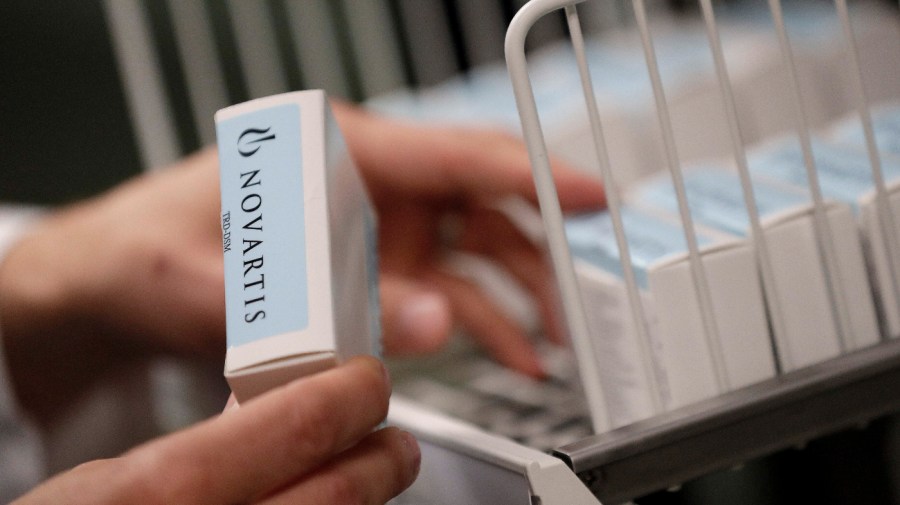The Centers for Medicare and Medicaid Services (CMS) have officially named the first 10 drugs chosen for price negotiation under the Inflation Reduction Act (IRA), and while most picks were anticipated, a few of the medicines named Tuesday came as something of a surprise. The IRA was highly specific with which Medicare-covered drugs could be eligible for negotiation, as well as which ones could not. In order to be up for selection, the drugs had to be approved by the the Food and Drug Administration for at least seven years, while biologics had to have been approved for at least 11 years.
The negotiation program was also directed to select from “high expenditure, single source drugs without generic or biosimilar competition. ” Based on these rules, as September 2022 were ultimately able to predict which drugs would be chosen with a fair amount of accuracy. But a few of the choices announced Tuesday were not foreseen by the projections.
Entresto, a heart failure medication made by Novartis that was named by CMS on Tuesday for negotiation, had not shown up in projections, something its manufacturer is well aware of. “To date, it has not been included in lists that people have been banding around or that the press has been covering,” a spokesperson for Novartis told The Hill. Up until recently, Medicare claims data had not indicated Novartis as being among the highest cost drugs covered by Part D, but use of Entresto has risen substantially in recent years according to the company’s representative, and this allowed it to anticipate CMS’s ultimate decision.
“Its growth rate has been increasing at about 40 percent a year because heart failure is such a growing disease in the U. S. ,” said the Novartis spokesperson.
“And so the number of people using Entresto is increasing. In fact, 400,000 Medicare beneficiaries are on this product. So we’re on the list for volume just because it’s a disease which has a lot of people on it.
” Another drug that was announced Tuesday, the autoimmune disease biologic Stelara, met the criteria for selection, though it may soon see conditions that may have disqualified it earlier. While it did not show in initial predictions, Stelara accounts for more than $2. 6 billion gross in Medicare Part D spending and has been approved for more than 10 years.
Drugs that face competition from generics or biosimilars are not eligible for negotiation, and while Stelara does currently have that issue, an agreement made earlier this year stands to change that. As a biologic — meaning it’s derived from living cells — Stelara can’t be duplicated exactly, but similar versions can be made that can substitute for it. In May, Johnson & Johnson, which makes Stelara, with the biotechnology company Amgen to allow it to sell a biosimilar version of its top-selling product beginning in 2025.
Two other products made by Johnson & Johnson — Xarelto and Imbruvica — were also named Tuesday for negotiation. The discounted prices reached through the program are expected to go into effect beginning in 2026. During a press call Tuesday, a reporter noted the incoming competition for Stelara and asked the White House if the list of selected drugs may be revised in the future.
A senior administration official reaffirmed that Stelara was among the 10 chosen and that its selection abided by the guidelines set by the IRA. They acknowledged, however, that the availability of generic competition could affect the negotiation process in the future. “The IRA’s price control provisions will constrain medical innovation, limit patient access and choice, and negatively impact overall quality of care,” a spokesperson for Johnson & Johnson said when reached for comment.
“The IRA’s policies put an artificial deadline on innovation, threatening intellectual property protections and shortening the time frame to deepen our understanding of patients’ unmet medical needs. ” They did not provide any further comment regarding Stelara’s selection and the future biosimilar competition expected to come. .
From: thehill
URL: https://thehill.com/homenews/4177203-unexpected-drugs-make-first-round-of-medicare-negotiations/



